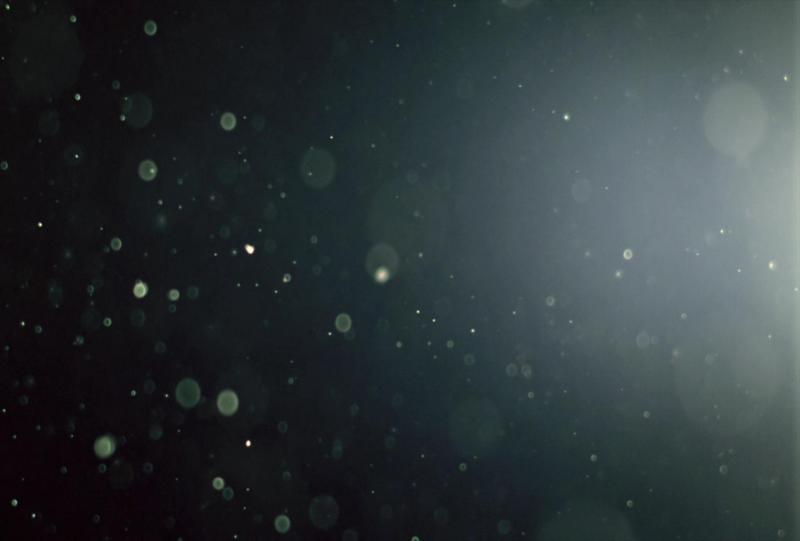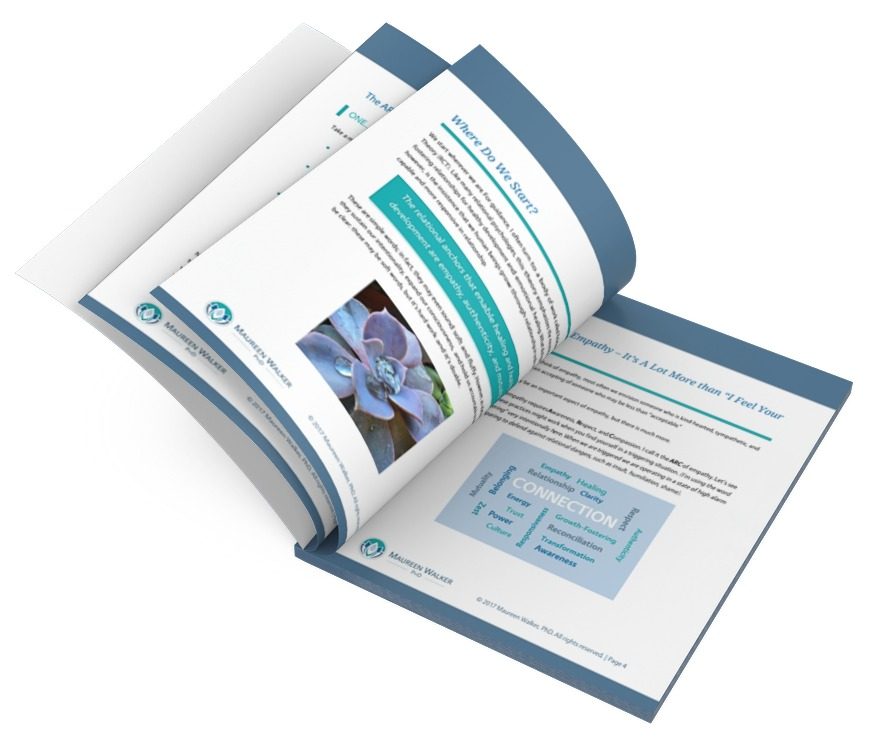I know next to nothing about barnyards and stables. In fact, I just learned that a manger is a feeding trough for animals. Other barnyard images that come to my mind involve buzzing flies, odious smells, as well as animal excretions and emissions of various sorts. I am also pretty sure you have to watch where you step. Of course, the pastel Nativity images rendered in Renaissance art and familiar carols tell a different story. Those portrayals would have us imagine a golden-haloed, no-crying baby lying in a cradle filled with what looks like antibacterial straw. Always included in these tableaux is a serene, adoring, and immaculately clean woman who has just given birth in a barn. While these centuries-old images are compelling and evocative, they are not entirely edifying. They purportedly function to symbolize a paradigmatic shift in human consciousness; however, they airbrush the apocalyptic ruptures that accompany the birth of new possibilities. The truth is that new birth tends to be neither pure nor pretty.

Unlike the writers of carols and the painters of pretty pictures, our first forebears who proclaimed the coming of a new consciousness were unfailingly explicit in naming the harbingers of apocalypse. They refused to capitulate to the false promises of comfort in a culture of desecration. From those 1st-century prophets and proclaimers, we get images such as these:
- “Great earthquakes in divers places, and famines, and pestilences; and fearful sights and great signs”
- “Betrayal both by parents, and brethren, and kinsfolks, and friends”
- “Signs in the sun, and in the moon, and in the stars; and upon the earth distress of nations, with perplexity; the sea and the waves roaring”
Instead of gliding into fantasies of comfort and joy, they were unremitting in their exhortations about wakefulness and courage as requisites to justice and peace.
- “Beware that your hearts do not become drowsy”
- “Be vigilant at all times…Strengthen the hands that are feeble; make firm the knees that are weak”
- “Stay awake!”
So here we are in 21st-century America where “woke” is a cultural epithet! The apocalyptic ruptures of 21st-century American culture are chillingly similar to those experienced by our human forebears millennia ago. It is tempting to shy away from words like apocalyptic; it is far easier to seek comfort in familiar bromides about hope and harmony. A clear harbinger of cultural collapse is the silencing and shaming those who tell comfort-disturbing truths. When power through domination matters most, truth becomes irrelevant. Words become weapons of obfuscation. Who can unsee the former White House press secretary proudly stiletto-traipsing through lies and batting away truths with her false eyelashes? Is it not curious that the same Brett Kavanaugh who mounted vigorous assaults on race-conscious affirmative action defended the oppression of (make no mistake about it) poor women by citing the merits of Plessy v. Ferguson? No stranger to mendacity himself, Florida governor Ron DeSantis has wrenched rhetoric from Dr. Martin Luther King to introduce his Stop W.O.K.E. (Stop the Wrongs to our Employees and Kids) bill – his justification of anti-critical race theory legislation. People should be judged by the “content of their character”. Then there is Judge Amy whose reverence for human life is site-specific. She seems to be perfectly comfortable with ex-uterine abortion. She seems to imagine that dropping a baby off on a doorstep allows the mother who does not “want responsibility” to move merrily along with her life and the child to grow up trauma-free. Such a belief is entirely consistent with the notion that some people are simply less human – and therefore less deserving of care and respect – than others. This notion can only abide within a deadened consciousness, where the undeserving is anyone excluded from the protected territories of whiteness, maleness, and money. We are living in an apocalyptic age, and the signs of the times are evident and everywhere.
- In the halls of Congress where 99% of Republicans identify as Christian, only two could summon the moral courage to say that death threats against each other are problematic. That 99% includes the most publicly sanctimonious (Mitt Romney comes to mind) among them. In failing to censure their party comrades for tweeting a death threat against Representative Ocasio-Cortez, they managed to not only normalize race-rooted animosity but to Christianize it as well.
- In schoolhouses and school board meetings, enraged parents show up with zip ties to threaten violence against anyone who subjects their children to the tyranny of masks. Yet these freedom-loving activists seem to be less committed to protecting their children against gun violence. In fact, some of them cheerily hand over assault weapons to their adolescent offspring. It is no mere coincidence that overwhelmingly the offspring who have enacted serial violence against others have been white and male.
- A 17-year-old male shot two people to death. Strapped with an assault weapon, he traveled across state lines on a night mission to “keep peace and prevent the destruction of property” during a Black Lives Matter protest. His mother, perhaps in the throes of maternal protectiveness, justified his actions as necessary to prevent harm against himself. In an interview with NBC News, she said that without his semiautomatic rifle, her son would have been killed and that she would always “stay by him”. How noble. Too bad “staying by him” didn’t include protecting him from the racist influences (and influencers) that drove him into the streets that night. In fact, she seemed to believe that the whole tragedy was nothing more than a curfew violation. In the mother of all equivocations, she stated that “a lot of people shouldn’t have been there”.
- Wage workers trapped in a Kentucky candle factory lost their lives during a catastrophic weather event. One fatality was a woman working for extra hours so that she could buy Christmas presents for her grandchildren. Meanwhile, her senator claims “concerns about the national debt” to justify his refusal to support infrastructure spending to mitigate the devastating effects of a warming climate and a purposefully rickety social scaffolding (e.g., inadequate childcare, over-priced/inaccessible health care). He represents the culturally engrained notion that we cannot afford to care for the 90% of us who control only 30% of American wealth. In other words, abandonment of the non-rich functions as a stand-in for fiscal responsibility.
The strained rhetoric about freedom and individual rights is a sign of the times; a sign that portends the collapse of American culture. In his trenchant of American (White) freedoms, columnist Jamelle Bouie surfaces the intentions underlying the rhetoric: freedom for whom and for what purpose. For far too many, it is the freedom to feel “better than” – more worthy and deserving than somebody else. This fractured and fracturing consciousness manifests as American racism, in all of its various mutations. Some of it we inherited through our cultural DNA; the rest is perfected through daily practice on ourselves and each other. In spite of apparent progress, the signs of the times tell us that we are really not getting better. We didn’t start racism; that happened centuries ago and every generation has passed on the consciousness and practices that keep it going. Now, a 2021 study published by the National Bureau of Economic Research indicates that US teenagers are not only aligned with their parents’ perceptions about race but may be slightly more polarized. This inconvenient truth is one that we don’t really like to tell; we prefer to believe that we have somehow collectively moved to a more expansive plane of consciousness, one characterized by “inclusion” and “diversity”. (We have not; just ask a teacher what goes on in middle school classrooms and school buses.) What we have done is perfected our practices of denial – not naming, unintentional misnaming, and sometimes outright lying to preserve the preferred narratives about who we are. Just as the Renaissance artists airbrushed the mud and muck out of the manger, we too often cling to a sanitized image of who we are and where we are. These prettified images offer the illusion of comfort and safety, but they keep us stuck in the muck. They allow us to breathe in the stench of racism and call it perfume. To be fair, those pretty Renaissance images serve a purpose; they are evocative and compelling. We see in them a yearning for tenderness, mercy, and precious personhood within communal harmony. I believe we share that yearning. It is our neurological and (dare I say) spiritual birthright. That said, we won’t get there through the sentimentality of false patriotism. We won’t get there through performative awareness. In other words, we won’t diversity train or DEI workshop our way out of the muck. If we tell the truth, we might have to acknowledge that these institutional performances often leave people more entrenched in their passions than transformed in their being. I believe our 21st-century apocalypse can herald the advent of a new becoming for our nation. However, the new becoming cannot manifest until we embrace the fact that here and now, we are (sensibility alert!) shit-deep in the manger.
To claim our deep yearning for connection, we must willingly enter into what Cynthia Bourgeault calls creative anxiety: a new becoming not yet manifest, but redolent with clarity and strength. Unlike the fear-based anxiety emanating from a fractured and fracturing consciousness, this anxiety allows us to arise from our culturally entrained slumber and awaken to new possibilities. Bourgeault likes the term “Ur Sprung”, a springing forth not entirely apprehended through our prefrontal lobe. As abstract and amorphous as that term might sound, there are practices that allow us to embrace anti-racism (and other isms that make up the muck) as a becoming, not as a check-the-box strategy.
We can start with our body awareness. Racism lives in our bodies as in our psyches. Therefore, we must be still long enough to listen and learn from the sensations our bodies offer us. There are many ways to cultivate this awareness, and we can start with small experiments. For example, it may be helpful to notice how our posture changes with awareness of being in a racialized space. Awareness of racialized space is often dependent upon one’s location in the American racial rank-ordering system. (In other words, if you feel at home, the space may not appear to be racialized. That too is good to notice.) What vibrations prompt us to feel that we belong or not belong in a space? What sensations arise in our bodies when we feel that we are choking on our words or when we feel that urgent compulsion to speak. I have found Resmaa Menachem’s book, My Grandmother’s Hands, to be a helpful companion to body awareness.
We can learn to consciously resist silencing, both doing it unto others and having it done unto ourselves. Truth is not whatever we want it to be; or as I saw somewhere on the internet, we may be entitled to our own opinions but not our own facts. Silencing is a weapon of obfuscation, the goal of which is evading truth and neutralizing the truth-teller. Here’s a quick example. We have a beautiful nephew who expressed his distress about the murder of Mr. George Floyd to his coach. His coach’s response was, “Are you 100% sure it was murder?” Of this we can be sure: the coach was not offering a lesson in statistical probability. The goal of that utterance was to invalidate our nephew’s perspective. Simply translated: “Shut up.”
We can expand our capacity to take in “all that is”, not just the realities that fit into our little zones of comfort. We cannot take refuge in incredulity. Perhaps we can start by excising the utterance “unbelievable!” when confronted with some horrifying reality. School shootings are not “unbelievable” in 21st-century America. Yet we are more likely to see lawn signs that say, “Unmask our kids!!” than we are to see “Stop Gun Violence in our Schools!” (Right. Lawn signs don’t solve problems, so just sayin’…) It is not unbelievable that the Kentucky legislator did not have enough moral backbone to censure his Republican colleague for tweeting a death threat to Representative Ocasio-Cortez. It is also not “unbelievable that another legislator would tweet a family photo of every family member brandishing a long gun in front of the Christmas tree. It is totally believable that his caption read: “Merry Christmas! ps. Santa, please bring ammo.”

We can expand our willingness to graciously offer and receive gifts of tenderness and mercy. Small acts of lovingkindness will not undo structural and oppression but they may un-normalize the daily disconnections that dull our sense of aliveness. They may allow us to experience an even ephemeral connection as expansive energy. To be clear, I am not suggesting that we can “be nice” our way out of the stench and muck of racism of any other ‘ism. However, such acts can create nuance and movement in our hardened images of what is, who we are, and how we might become. The poetry of Denise Levertov and Amanda Gorman shines a gentle light on embracing “what is” and preparing to journey the sinuous paths of arising and becoming. In her poem “Annunciation”, Levertov speaks to the clarity and courage with which Mary “faced the roads of light and storm”.
She continues:
“When we bend into dirt
We’re truth preserved
Without our skin.”
And then:
“Lumen
means both the cavity
Of an organ, literally an opening,
& a unit of luminous flux,
Literally, a measurement of how lit
The source is.
That is, we, too,
Are this bodied unit of flare,
The gap for lux to breach.”
And as she more famously said: “There is always light, if only we are brave enough to see it – if only we are brave enough to be it”.
There is no need for bravery so long as we float around in sugar-coated, airbrushed images of possibility. We must “bend into the dirt” to be “truth preserved” without the thin-skinned protection of our preferred ego narrative. Gorman’s words inspire me to name and claim the muck and the mire, the wrenching pain and fetid fluids that are integral to arising of a new consciousness. In Gorman’s words, “We are not me— / We are we”. Perhaps the point is to bravely follow the through-path from apocalypse to advent. Somewhere in apocalypse, there is annunciation. Perhaps we are called to be the feeding trough where a new imagination of humanness can be born and nurtured. Perhaps the manger is us.




Magnificent as always Maureen. The muck will not disappear because we refuse to acknowledge it. We must acknowledge it in our culture and in ourselves. And I so agree that the way to do that is through listening to the body. Only then can we hope to “be the feeding trough where a new imagination of humanness can be born and nurtured.” Thank you!